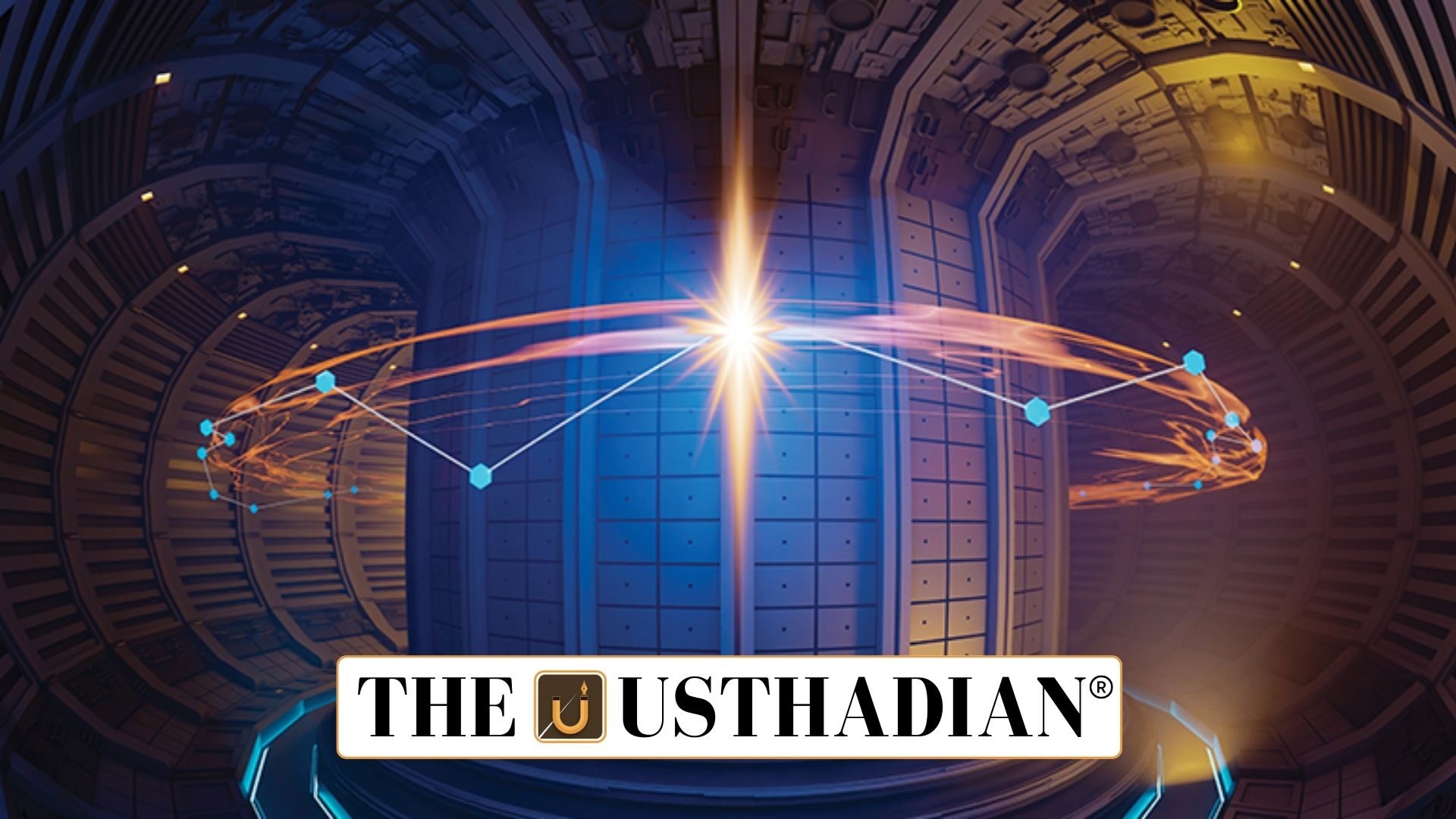Fusion as a future energy source
India’s Fusion Energy Mission with SST Bharat: Fusion power combines two light nuclei to release enormous energy, the same process that powers stars. It promises a cleaner and safer alternative to nuclear fission. Fusion generates far less radioactive waste and reduces long-term storage issues. However, it demands extreme conditions, including temperatures of over 100 million degrees Celsius for sustained reactions.
Static GK fact: The first controlled fusion experiment was achieved in 1958 in the Soviet Union with tokamak technology.
India’s path in tokamak development
India’s fusion research is centred on magnetic confinement using tokamaks. The current SST-1 tokamak can maintain plasma for 650 milliseconds, with a design target of 16 minutes. The upcoming SST-Bharat reactor is envisioned as a fusion-fission hybrid, producing 130 MW power (100 MW from fission, 30 MW from fusion). By 2060, a full-scale 250 MW demonstration reactor is planned, with an ambitious output-to-input ratio of 20.
Static GK fact: The term “tokamak” originates from Russian, meaning toroidal chamber with magnetic coils.
Global projects and India’s cautious timeline
Internationally, countries are advancing faster prototypes. The UK STEP programme aims for a 2040 prototype. Several US private firms target operational plants in the 2030s. China’s EAST tokamak holds plasma duration records, already reaching over 1,000 seconds. India’s 2060 target reflects a more cautious but steady approach with strong public funding and international collaboration.
Static GK fact: ITER, the world’s largest fusion experiment, is located in Cadarache, France with India as a key partner.
Innovations supporting SST Bharat
To tackle plasma instability, researchers plan digital twins—virtual reactors that simulate plasma in real time. Machine learning will enhance plasma control and efficiency. Development of radiation-resistant materials is also critical for long-term operations. These innovations aim to reduce costs and improve performance, making fusion more commercially viable.
Economic and policy challenges
The biggest challenge is economic viability. Fusion research demands huge investments, while renewables and fission plants already compete in India’s energy mix. Unlike the US and Europe, India’s private sector involvement remains limited. Experts caution that projected fusion timelines are often overly optimistic, and affordability remains uncertain.
Static GK Tip: India’s first nuclear power plant was commissioned at Tarapur, Maharashtra in 1969.
Strategic importance for India
Even if commercial fusion power arrives late, the scientific and strategic gains are significant. Advances in superconducting magnets, plasma physics, and material sciences strengthen India’s research ecosystem. International partnerships, especially with ITER, will help India enhance its technological base and industrial competitiveness.
Static Usthadian Current Affairs Table
India’s Fusion Energy Mission with SST Bharat:
| Topic | Detail |
| SST-Bharat reactor | Planned fusion-fission hybrid with 130 MW output |
| Demonstration target | 250 MW reactor by 2060 |
| Current tokamak | SST-1 with plasma duration of 650 ms |
| ITER location | Cadarache, France |
| UK STEP programme | Prototype expected by 2040 |
| China EAST | Holds plasma record over 1,000 seconds |
| Fusion advantage | Cleaner than fission, less radioactive waste |
| India’s first nuclear plant | Tarapur, Maharashtra (1969) |
| Fusion temperature need | Over 100 million °C |
| Output-to-input goal | Ratio of 20 in demonstration reactor |








